Celebrating 25 years in his indominable style, William Smart invited the glitterati of Australian architecture to an evening of white on white in the Sydney Opera House’s impeccable Utzon Room.

Pictured centre, William Smart of Smart Design Studio.
September 15th, 2023
Setting the tone for Smart Design Studio’s (SDS) 25th anniversary was a simple white embossed parchment inviting all to wear white for the occasion typifies his austere and oh-so-perfect aesthetic. Scroll down for all the images.
What perhaps would come as a surprise was William Smart’s speech that firstly pointed out that it was time for all to vote yes to the Voice – the crowd cheered in agreement. He then went on to quote the Petshop Boys’ era defining song, Being Boring (Neil Tennant Christopher Lowe lyrics):
And invitations to teenage parties
“Dress in white” one said, with quotations
From someone’s wife,

Smart Design Studio’s trajectory of incredible projects
Defining SDS is a trajectory of incredible projects that have grown in grandeur, scale and finesse over the last 25 years. However, what underlines his success is typified by both the invitation and the event: a stark aesthetic that draws on texture, contrast, form and beauty to define the built environment as something always, other than boring.
For Smart, the project most able to express what he envisaged is the private home of Judith Neilson: “Indigo Slam is probably the moment where what I was thinking was absolutely front and centre,” says Smart. Which is not to say the previous projects had been anything less. Rather, they were designed and built to an appropriate scale and budget with only the first five years of work being impacted by budgets that were too small for the desired outcome.
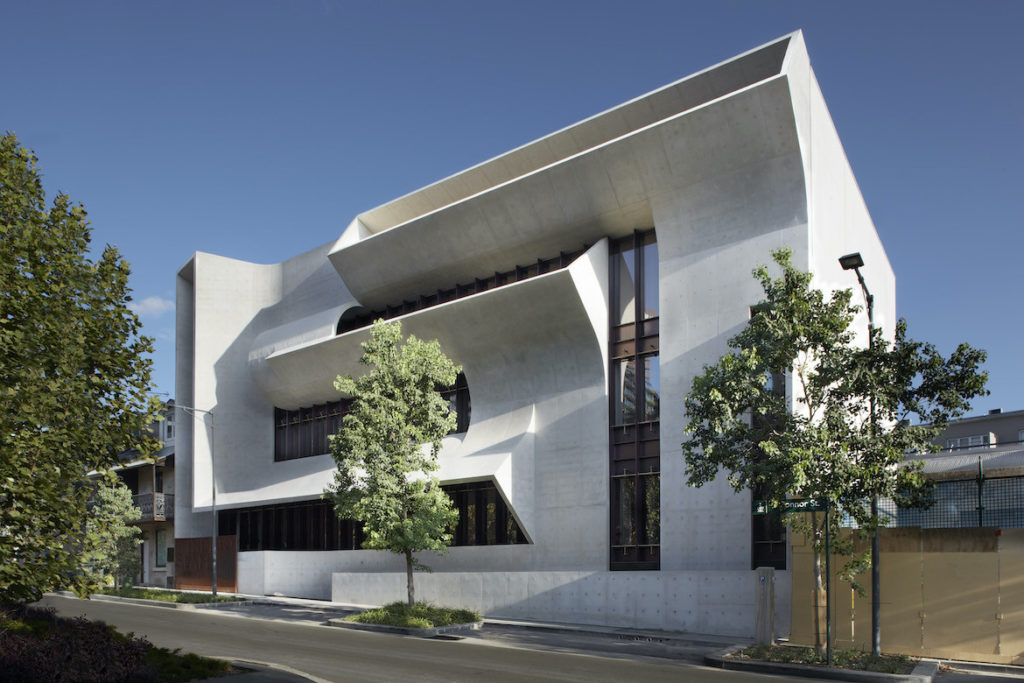
“All we were trying to do was make the best project with the least money possible. And there was never actually enough to really do what we wanted to do, we stretch things to almost breaking point to make it happen.”
This however changed with a new type of projects including the Rail Operations Centre and Bridge 17: “Somewhere on the way, it became a little bit more relaxed. And clients came to us and said, the budget is flexible, and then we got to play with new materials, upgrading brick and other things that we really loved and that was a real sense of liberty,” says Smart.

These and other more recent projects cemented Smart’s reputation for a particular sensibility that took the practice to projects where the scope was even broader including Indigo Slam: “What was unusual about that time is someone said, just make me something amazing. It doesn’t need to do everything. But everything it does has to be incredible. And I just embrace that opportunity,” says Smart, who recognises that this was a rare moment that would define the creative direction of the practice.
“Along the way, I’ve had a couple of really strong epiphanies of what direction I wanted to take the practice in. I felt like I was searching for something. I knew what work felt like, but I couldn’t see it. And then running in the park one day, I saw this piece of sculpture, and I could see it, and that was a big influence in designing Indigo Slam that was: now I understand how all the things I’ve been working on works.”

Indigo Slam paves the way for myriad possibilities
Smart designed and delivered arguably the most recognised and awarded house of this era. Indigo Slam moreover, while setting a benchmark in residential architecture (it won Best Of The Decade | The Living Space at INDE.Awards 2020), hasn’t been reduced to a signature aesthetic with all of SDS output looking the same since.
Instead, Smart’s design acumen and intelligence have been set free to explore myriad possibilities within his sensibility: “The other big epiphany I had was maybe two or three years ago, when we’d finished our apartment in particular more than the office. It was one of those opportunities where I could really explore my passion for invented structure, vaults or all kinds of beautiful formed roofs or beams.
“I realised that it wasn’t just the expression of structure, but it was the synthesis of that, with being more sustainable, being more honest, being quite decorative, being lighter on our feet, and trying to bring all these things together, along with how you’d build a beautiful atmosphere in a space.”

Effectively, this line of thinking has allowed Smart to see a range of competing interests as complementary interests, when worked together within a considered framework: “If you create a place where the structure works harder, you’re able to reduce material and therefore make the building more sustainable; and you use that for a beautiful atmosphere and it curates the styling atmosphere; you light it really well with daylight and artificial lighting, and then you address acoustics and all the environmental performances, and you try to bring it all together in a really expressive way,” says Smart.
Another aspect of the SDS practice that sets it apart is Smart’s appreciation of the power of interior design in uniting the design philosophies he ascribes to: “I don’t think many architects really embrace that. They want to be outside versus inside and we do the inside first, and then build it. We build it from the inside out. And that will drive the architecture,” he says.
This has been extrapolated recently with landscaping playing an increasingly foundational role: “I’ve been focused on how you can blend with extraordinary landscapes and realise that I love gardens…. how do you build this beautiful world where you blur the lines,” says Smart, who has of course run with landscaping as another element to be synthesised into his work.

Public buildings are the latest to benefit from his eye with these same principles applied with a view to improve the quality of the experience: “The public building stuff has been pretty exciting for us, and that’s new. What’s super exciting about that, is they’re probably more linked to that idea of being creative with structure, and, the general public can all appreciate them. So, if you do a beautiful art gallery, then how you make the structure work, how you bring it into that artificial and natural. And then how do people get to move through the space and enjoy it? they’re all the parts of the world that I’m really interested in?” says Smart.
The list of public architecture by SDS is already an extensive catalogue of exemplar projects, including White Rabbit Gallery and Science Gallery Melbourne. As the work continues, Smart’s design philosophy and understanding will continue to inform the extraordinary SDS oeuvre that is the William Smart legacy.
Scroll on below to see all the images for Smart Design Studio’s 25th anniversary event at the Utzon Room at Sydney Opera house.
Smart Design Studio
smartdesignstudio.com
Photography
Various

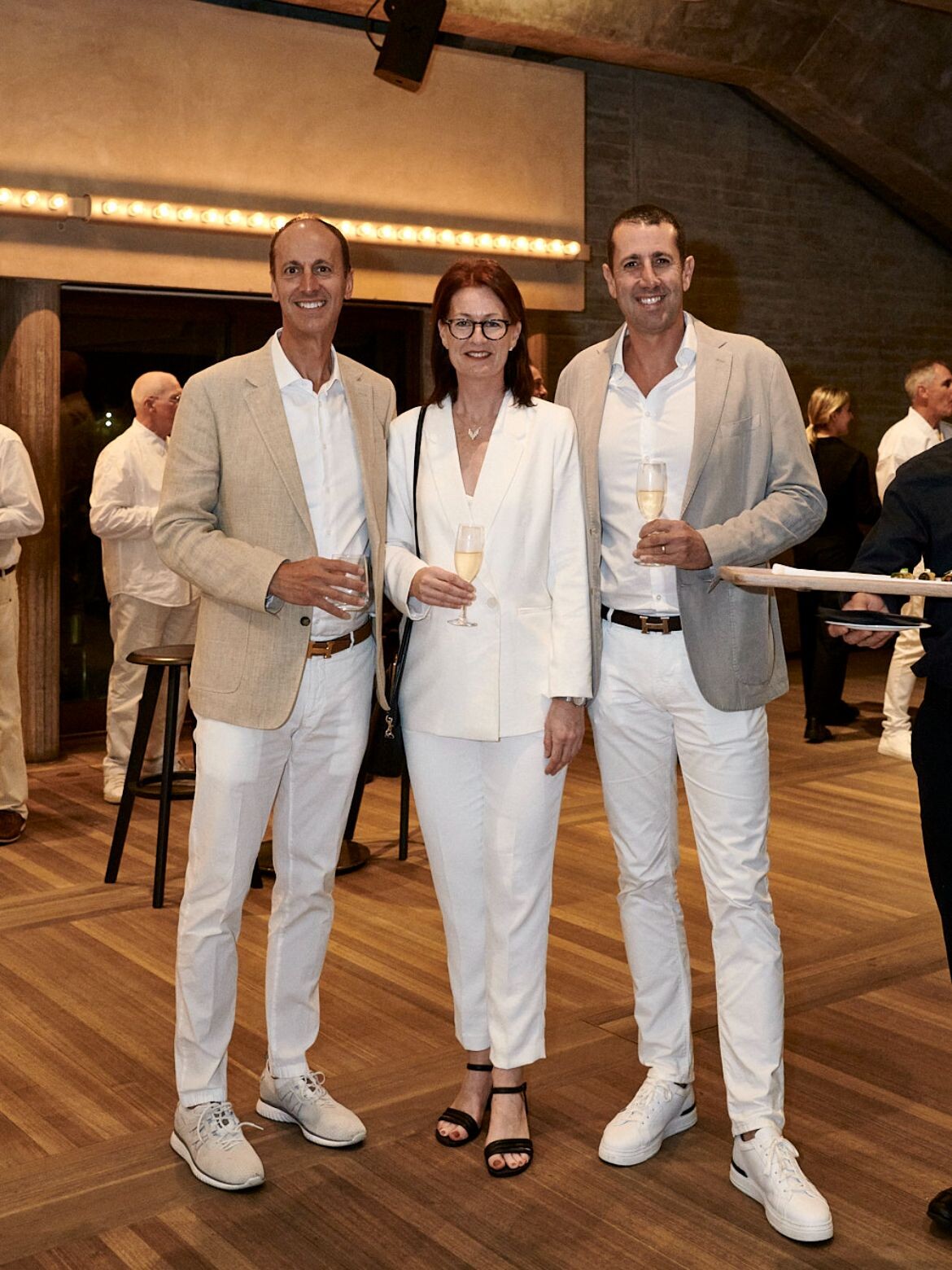
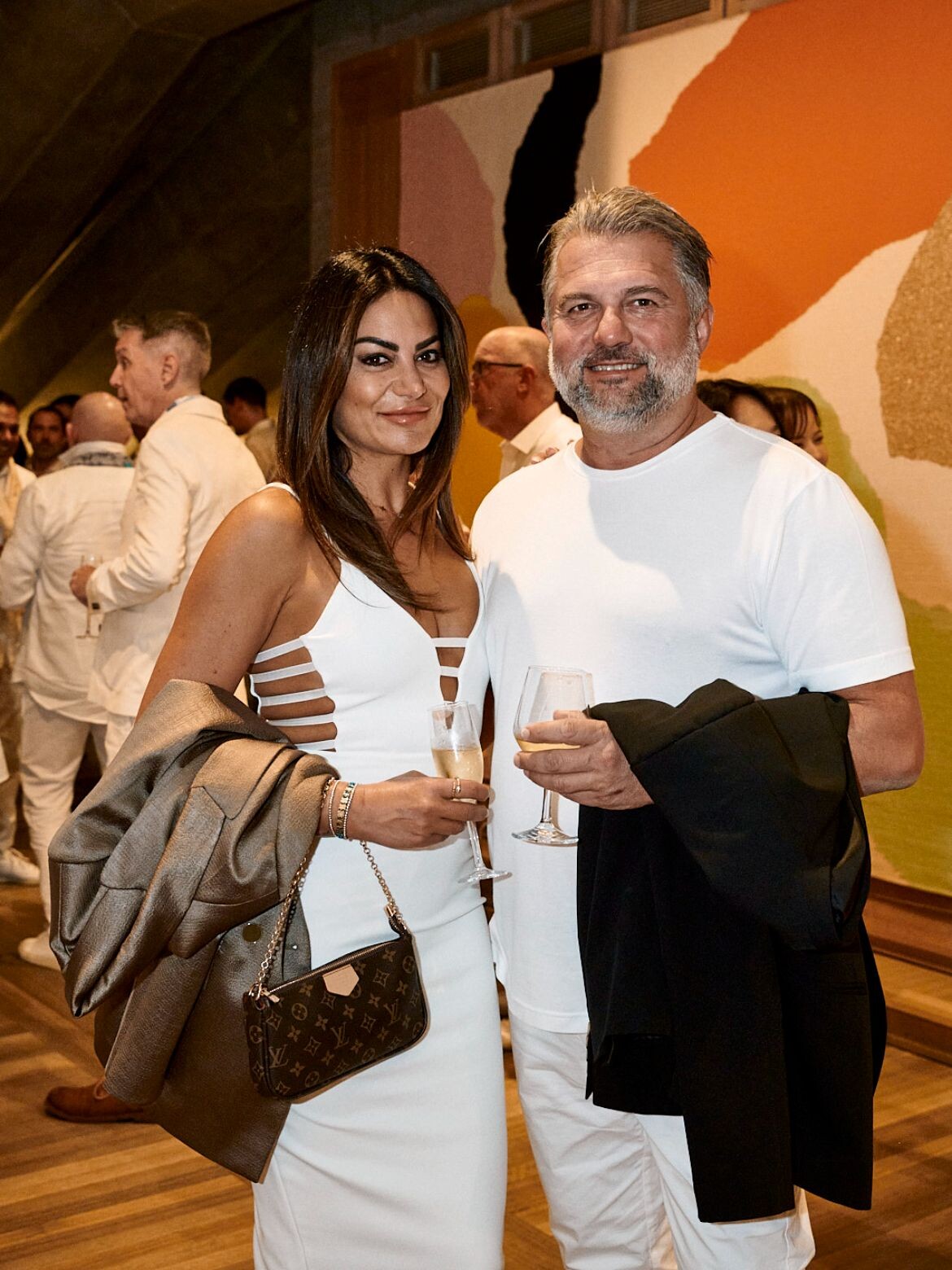
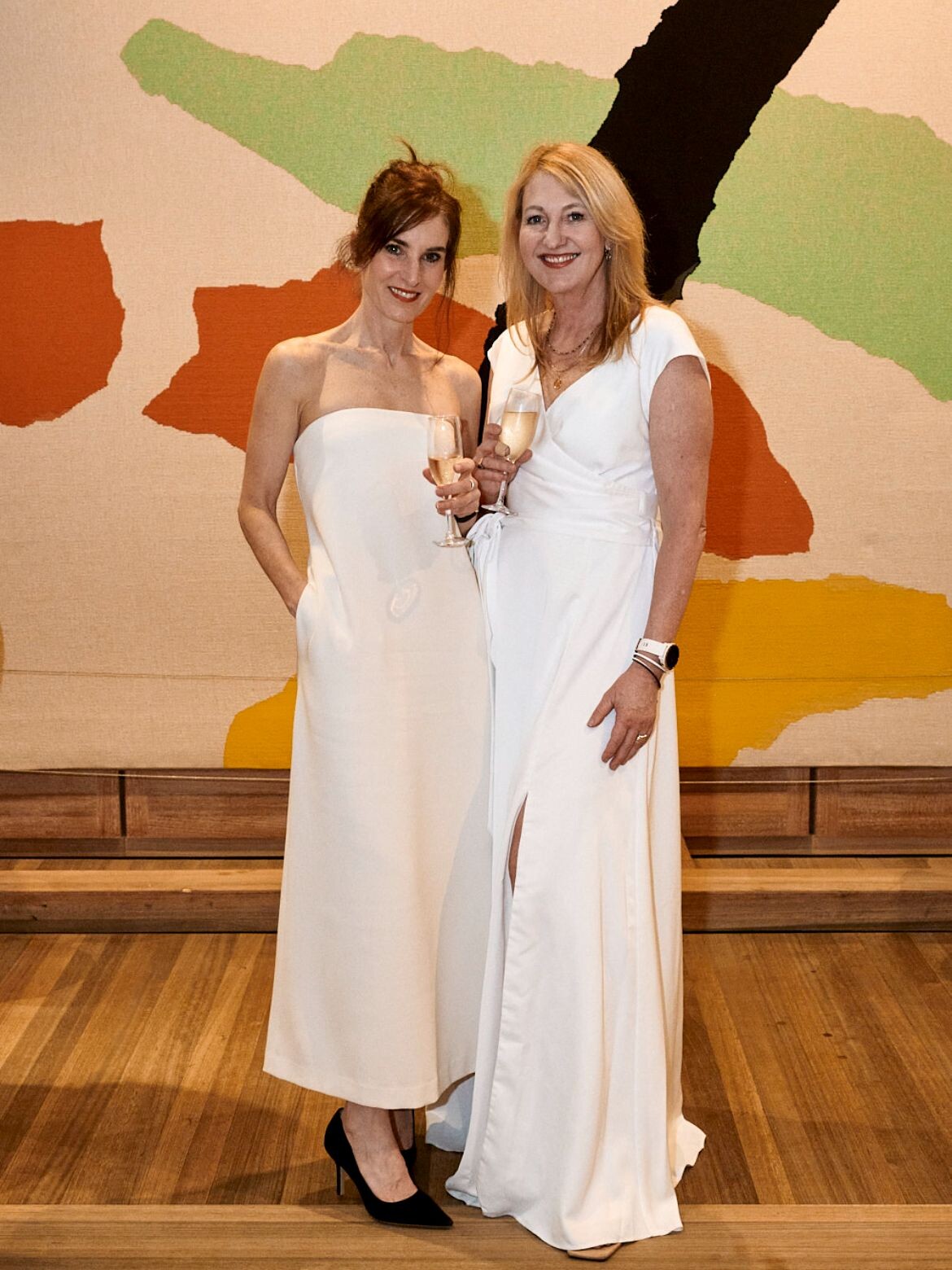

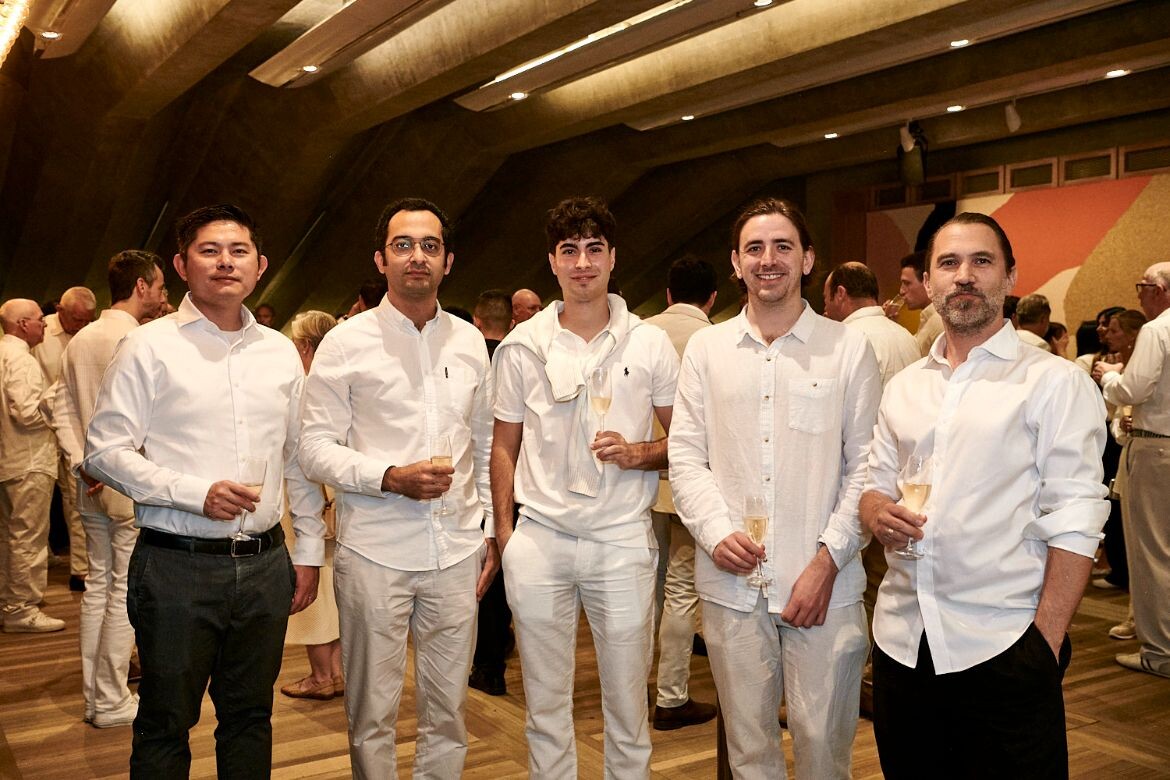

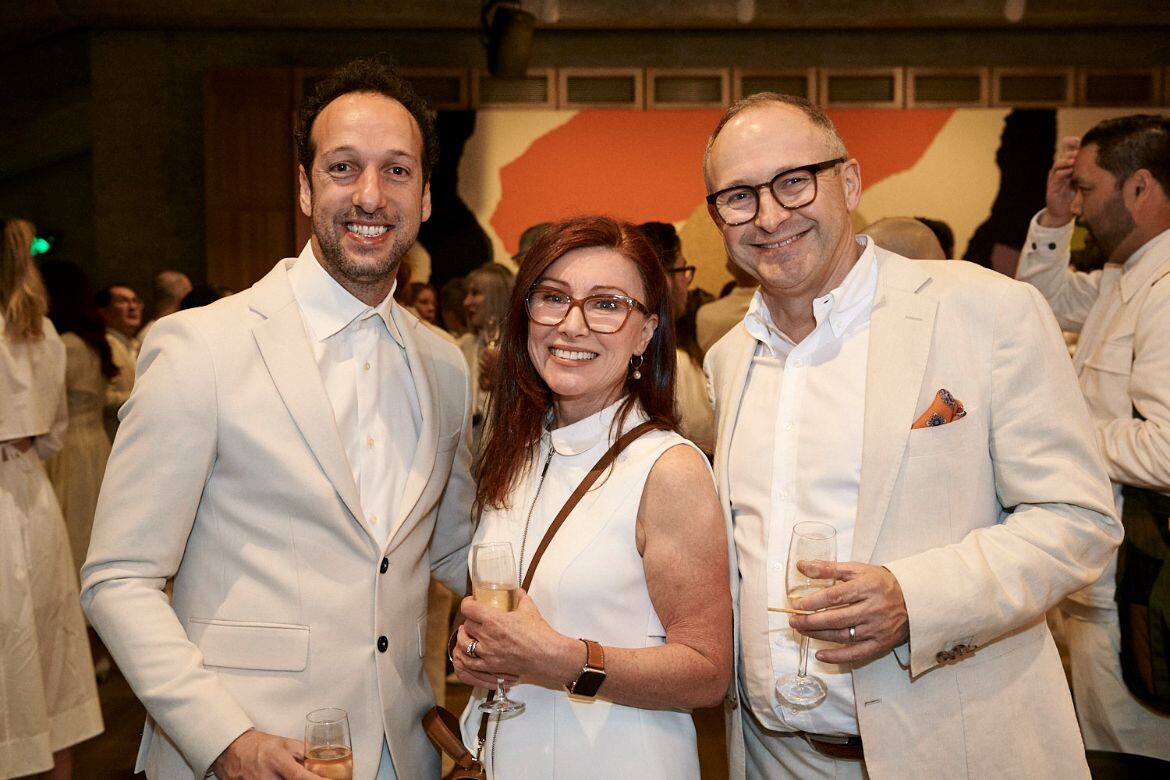

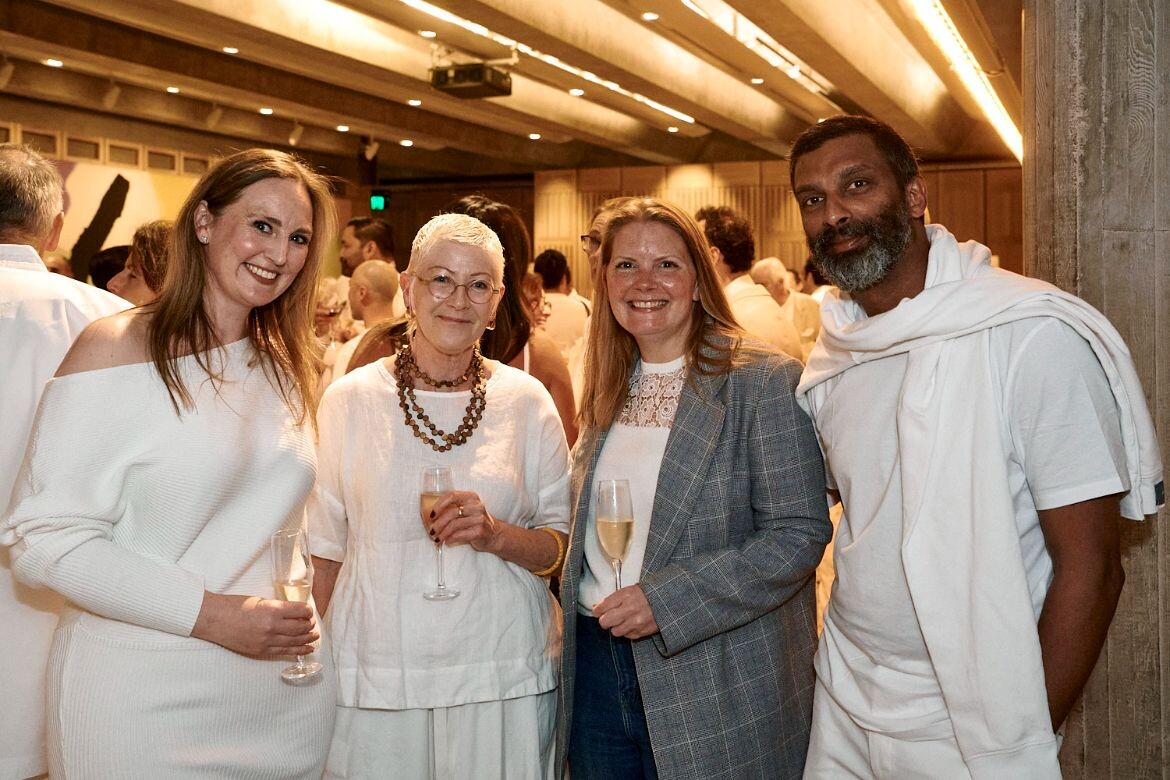


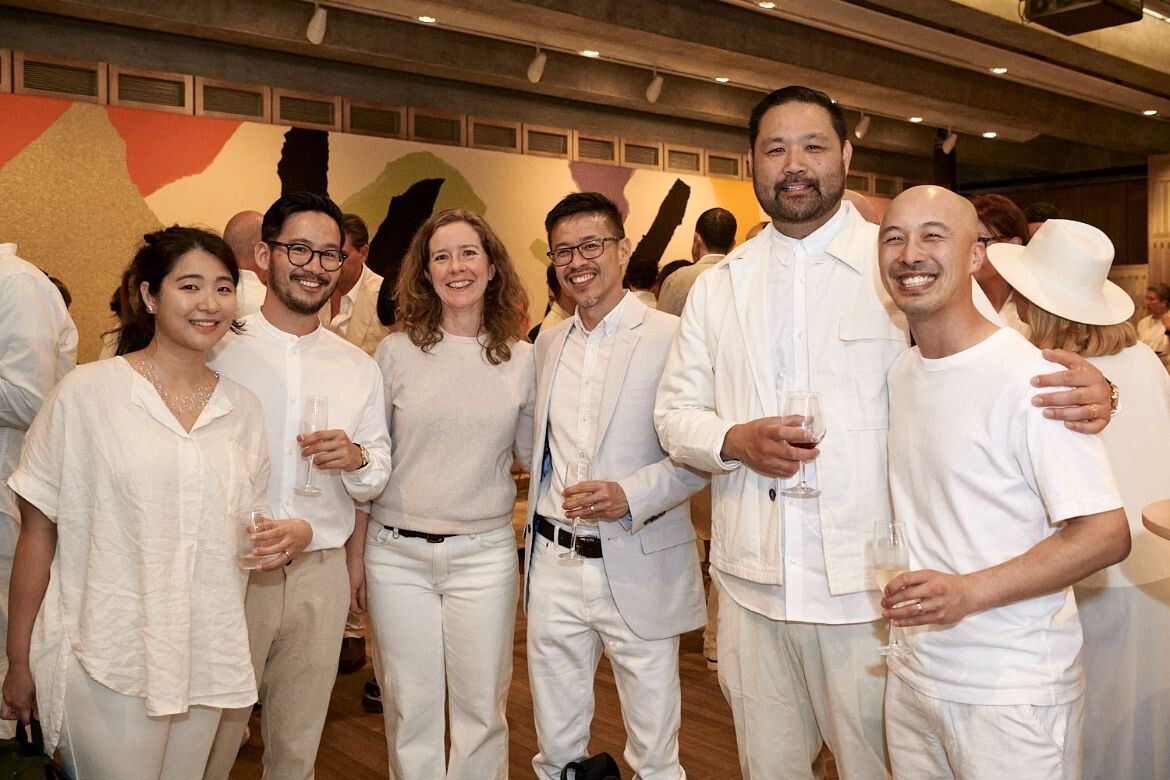




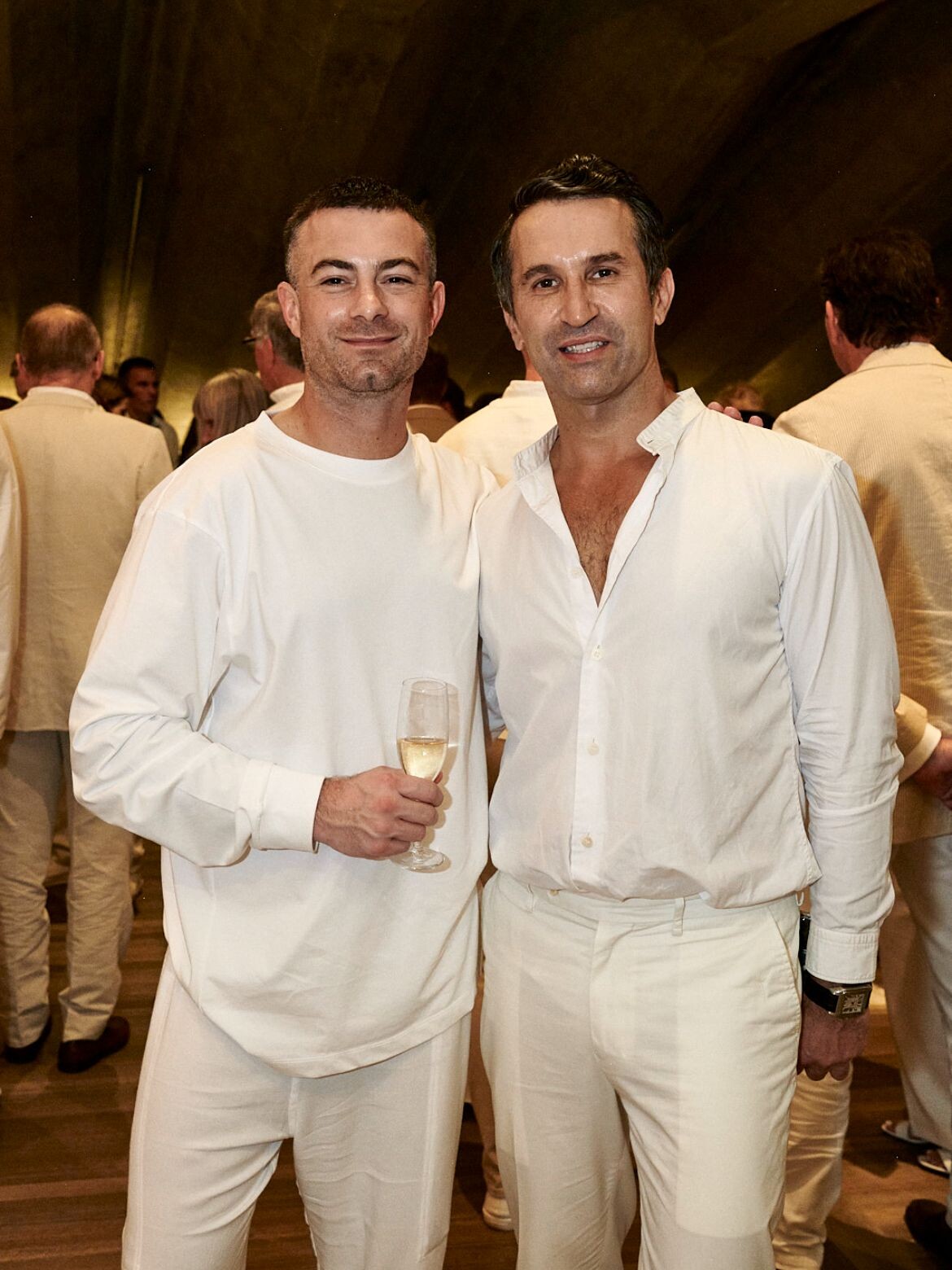

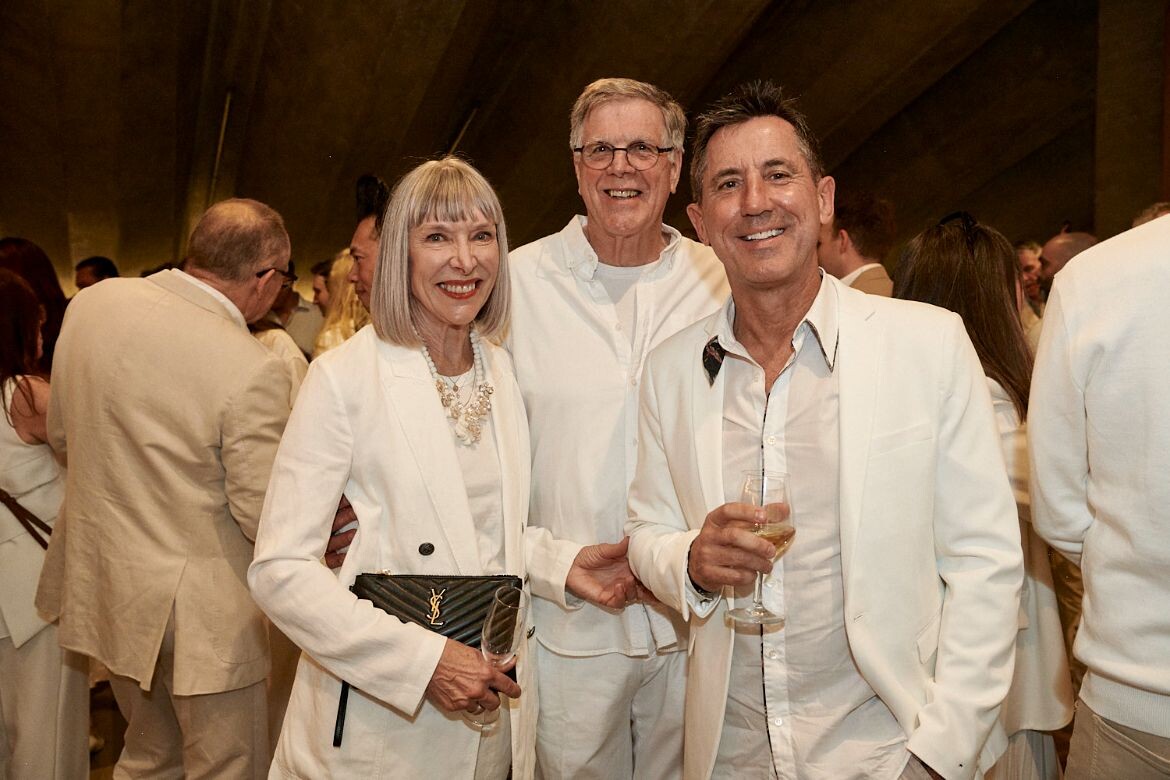


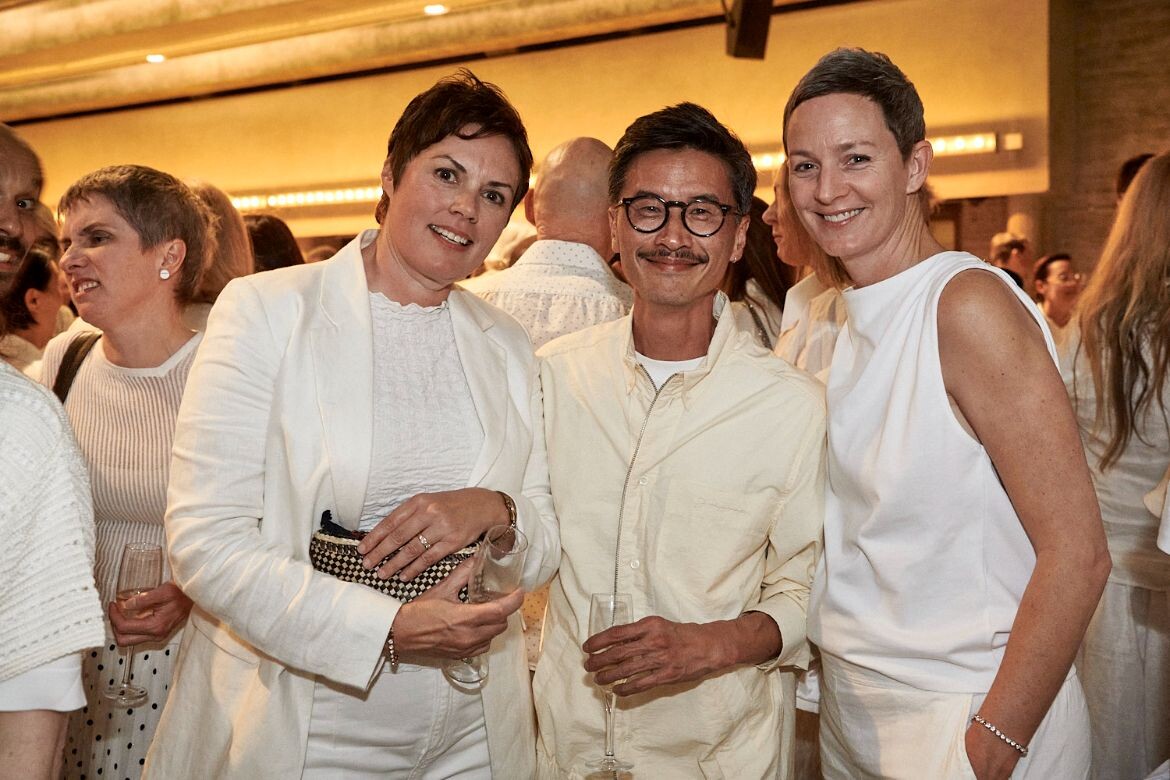


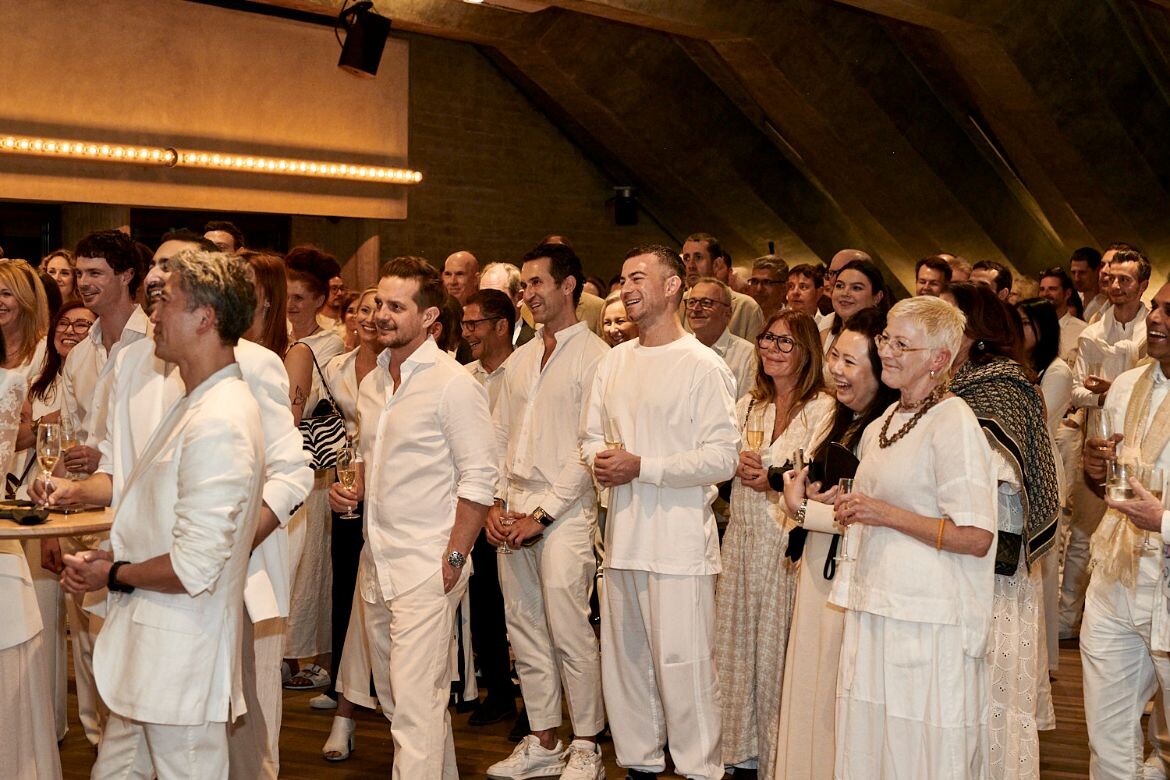



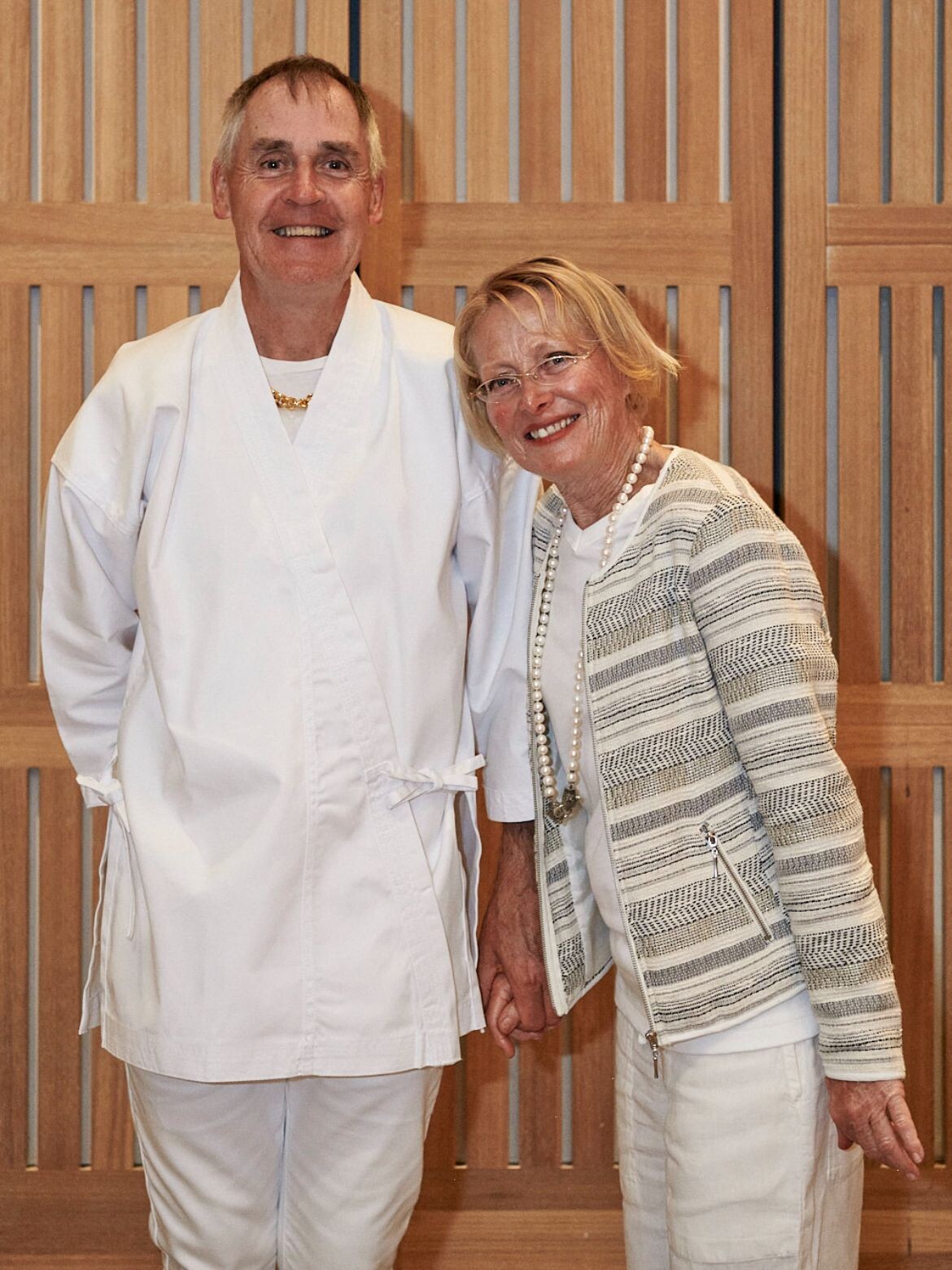
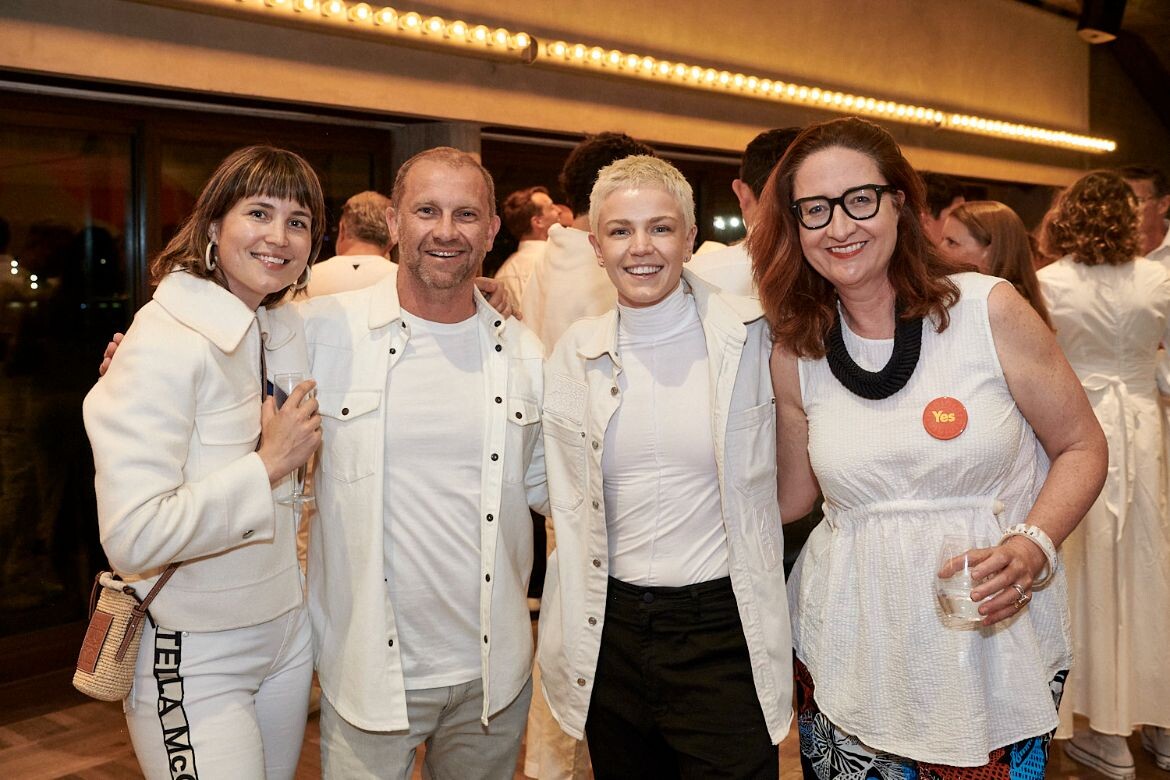




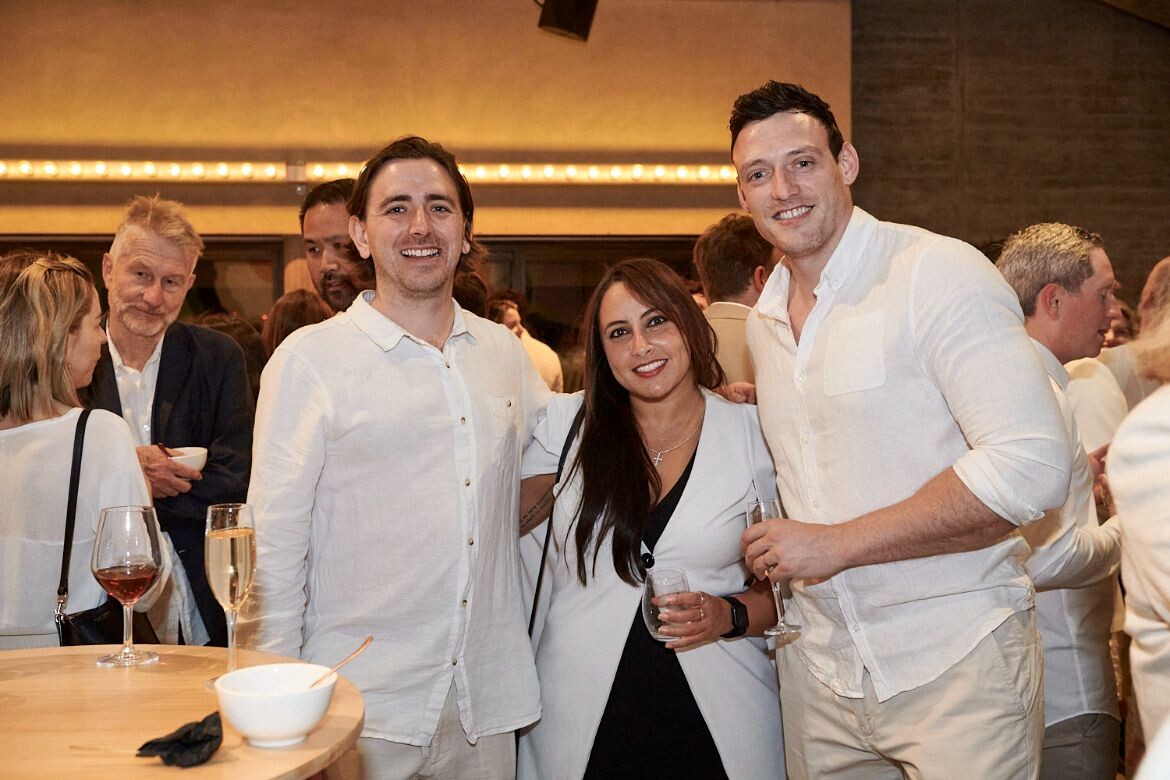




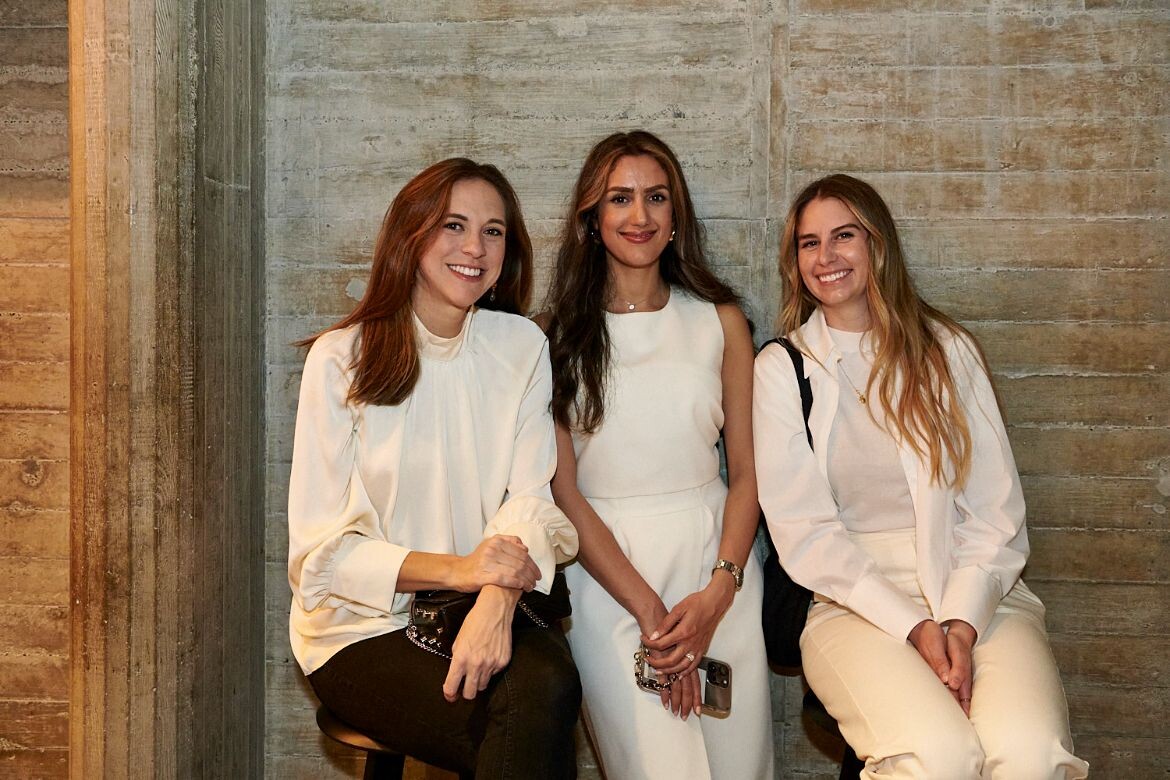
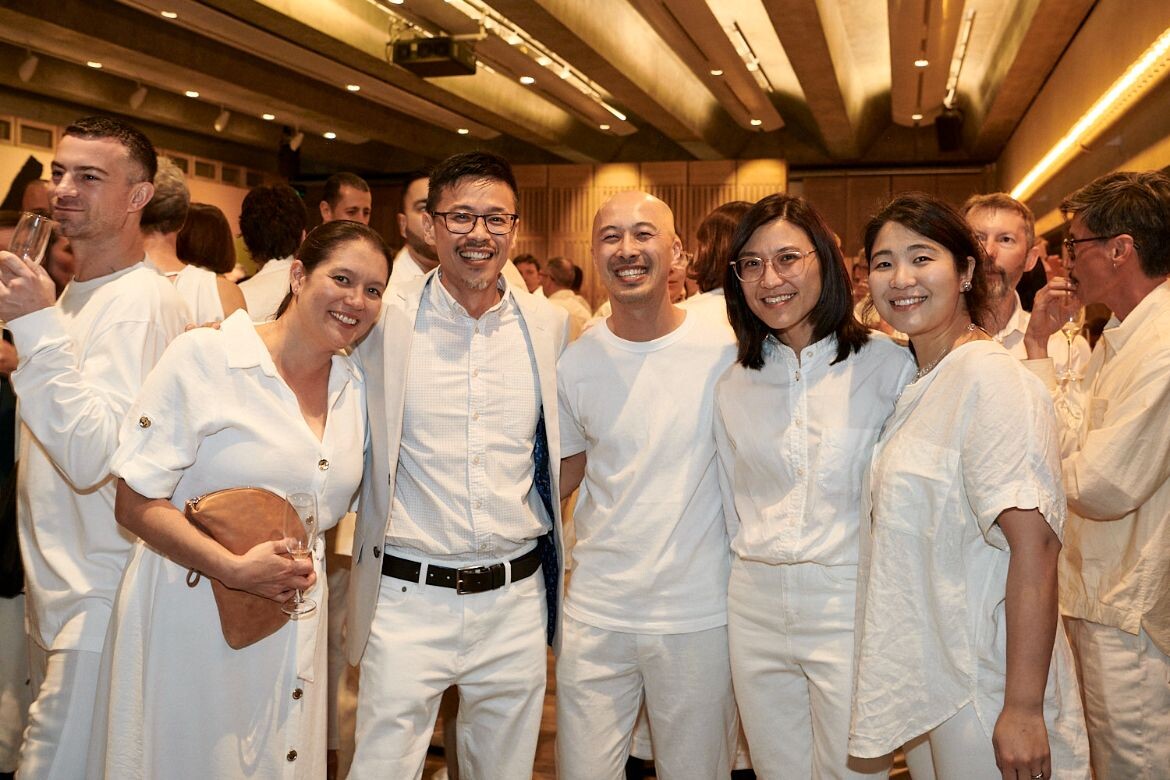


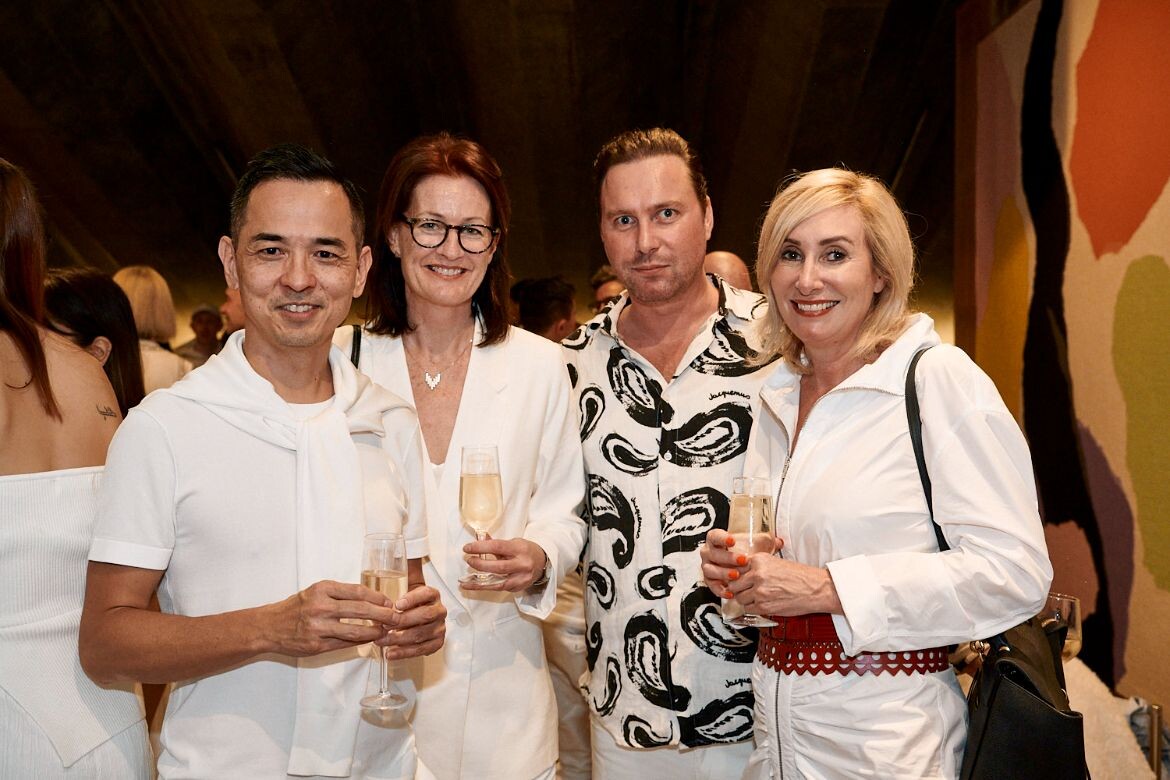





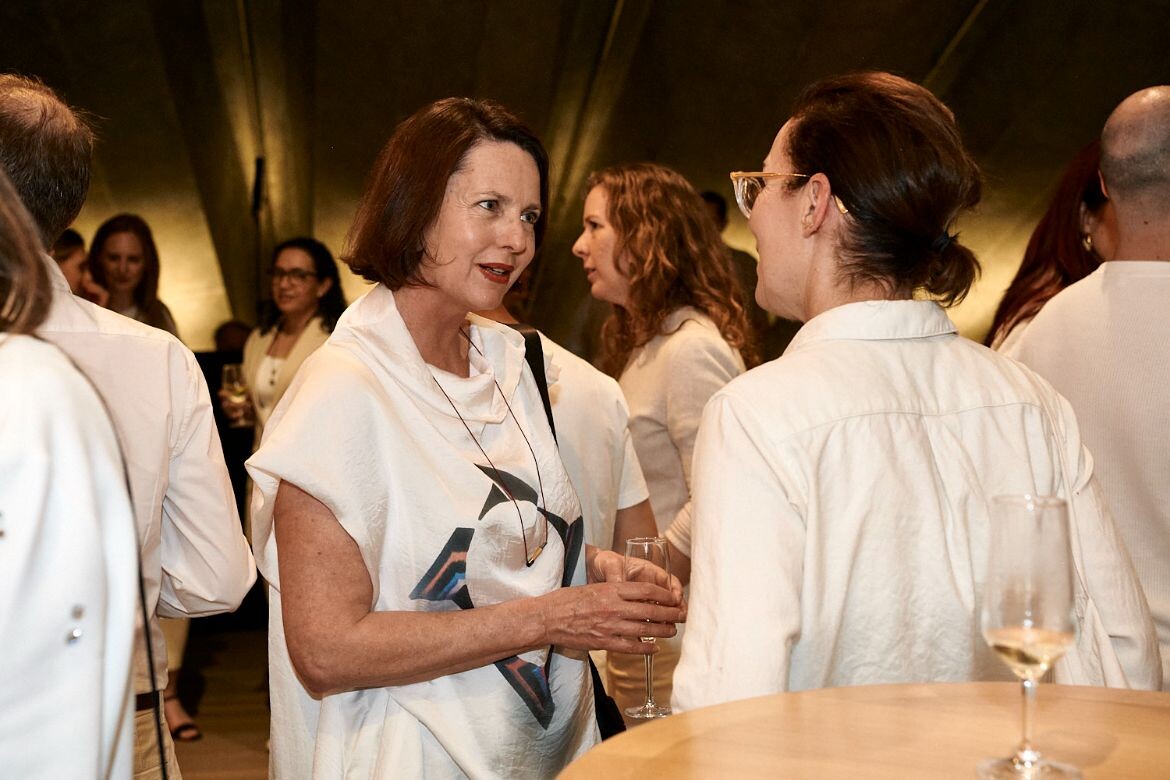





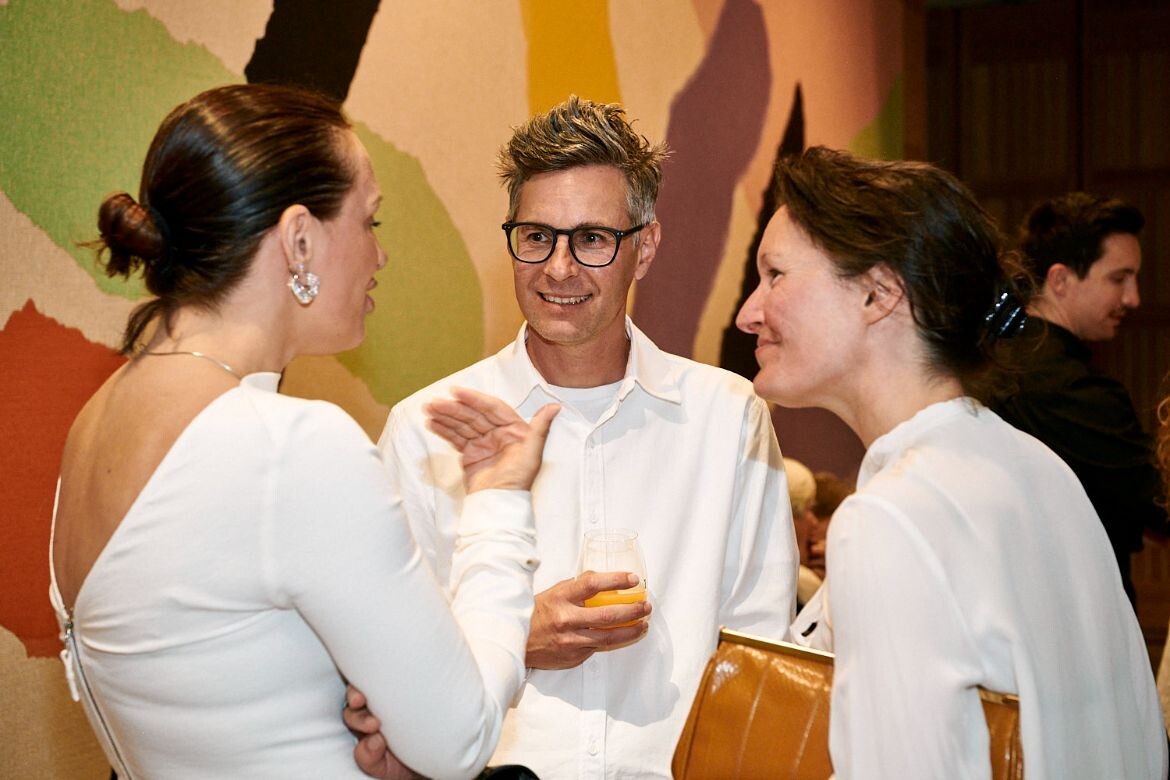



INDESIGN is on instagram
Follow @indesignlive
A searchable and comprehensive guide for specifying leading products and their suppliers
Keep up to date with the latest and greatest from our industry BFF's!

Sydney’s newest design concept store, HOW WE LIVE, explores the overlap between home and workplace – with a Surry Hills pop-up from Friday 28th November.

For a closer look behind the creative process, watch this video interview with Sebastian Nash, where he explores the making of King Living’s textile range – from fibre choices to design intent.

J.AR OFFICE’s Norté in Mermaid Beach wins Best Restaurant Design 2025 for its moody, modernist take on coastal dining.
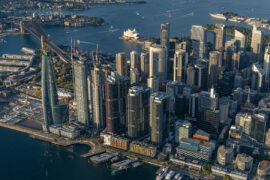
From city-making to craft, design heritage to material innovation, these standout interviews offered rare insight into the people steering architecture and design forward.
The internet never sleeps! Here's the stuff you might have missed
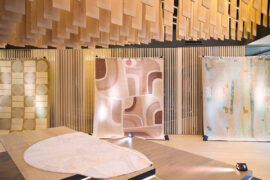
Tongue & Groove hosted a lively gathering to celebrate two new collections by Greg Natale, bringing together designers and industry peers.
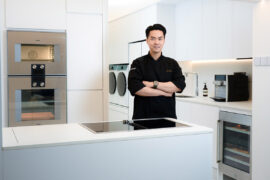
Now cooking and entertaining from his minimalist home kitchen designed around Gaggenau’s refined performance, Chef Wu brings professional craft into a calm and well-composed setting.